If you’re planning on getting into film photography, I hope you’re not on the hunt for a new film camera. I don’t say that because there aren’t any film cameras still being manufactured — there are, in fact, a few.
Leica is still manufacturing the M-A, MP, and M7, while Nikon continues to crank out the F6. Lomography is well known for their LC-Wide and Diana Mini, among other peculiar models. And you can still pick up disposable cameras from Kodak, Ilford, and Fujifilm.
With the possible exception of the Lomography entries, buying a film camera brand new simply isn’t a cost-effective way into film photography, not to mention the dearth of options here.
This is why everyone hits the used market — you’re presented with a dizzying amount of options at steeply discounted prices.
But there is risk involved in buying used film gear. You can minimize that risk by utilizing the following 6-point checklist to ensure you’re happy with your film camera purchase.
1. Check Shutter Speeds
It seems slower shutter speeds tend to fail before faster ones, so begin your check at 1 second and work your way up (because fast shutter speeds can fail too). Make sure they all work.
Or, if you’re content to use the camera at only certain shutter speeds (which might net you a discount), make sure those work.
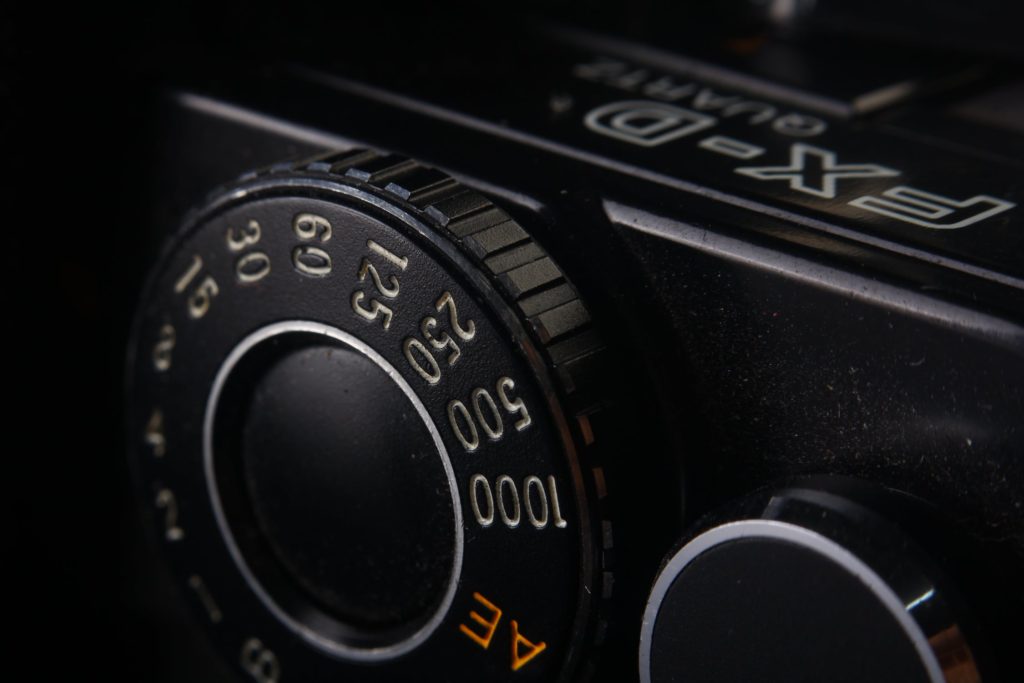
2. Check The Battery Compartment
Some film cameras require a battery to function properly. Check the battery compartment for damage or corrosion so that you can be reasonably certain the camera’s electronic functions will operate.
3. Check The Film Advance Lever
Make sure the film advance lever isn’t jammed — that’s step one. If you want to take the probe further, load a test roll of film into the camera to be sure the film advance lever actually advances the film.
4. Check The Light Seals
Light seals prevent light from entering through the rear of the camera and causing light leaks. More than likely, your inspection is going to show that the light seals have deteriorated — this is exceedingly common in used film cameras.
Fortunately, it’s an easy fix and shouldn’t stop you from buying a camera if it is in otherwise good working condition.
5. Check The Light Meter
Obviously, it’s possible to use a camera without a light meter (Sunny 16 Rule), but it really is nice to have one. Once you’ve determined the light meter on your prospective camera works, it’s a good idea to check the accuracy of it.
The simplest method is to compare it to the light meter in your digital camera. As long as the film camera within 1/2 a stop or so of the digital camera you’re in business.
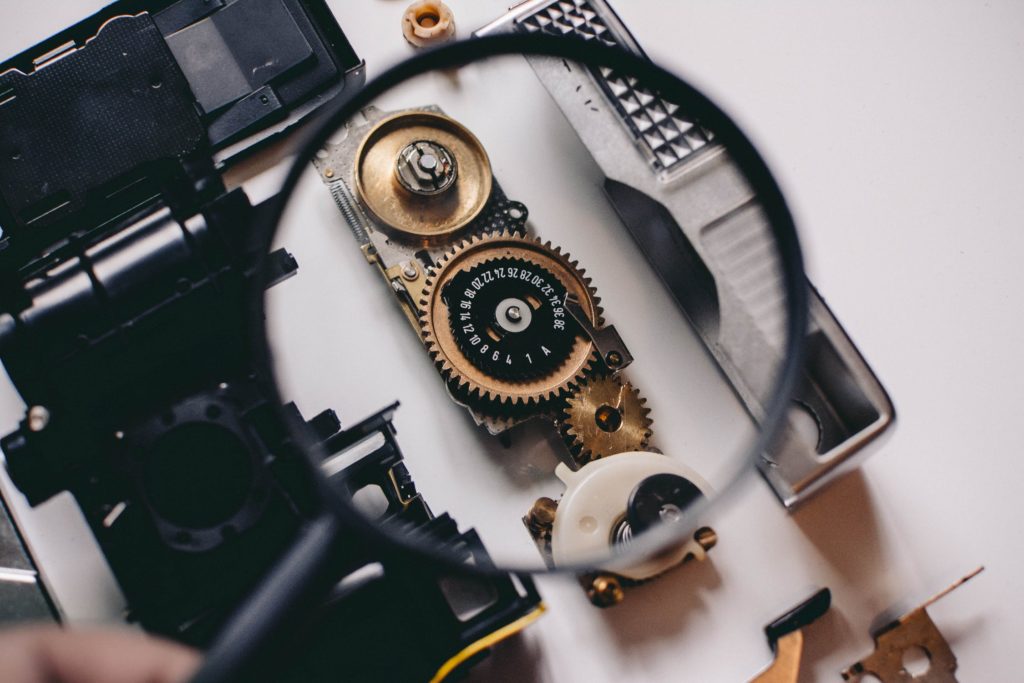
6. Check The Lens
If there is a lens included with the camera, check the glass for scratches, haze, and mold (all lenses of a certain age are going to have dust in them). Check the aperture blades to be sure they don’t stick.
Ensure the aperture is nice and click-y and that the lens focuses as it should (don’t forget to test focus at infinity).
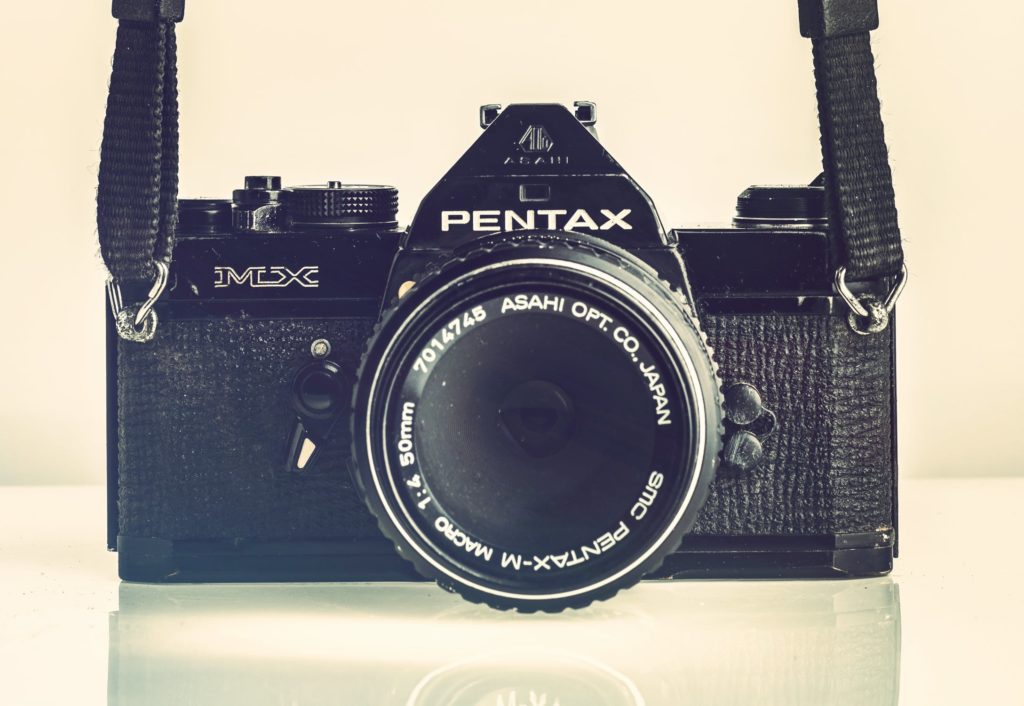
Final Thoughts
While it’s possible to get into film photography for relatively little money, you don’t want your money to go to waste. Yes, you are assuming some risk but it can be largely mitigated by performing the 6 simple checks listed above.
This checklist can be applied to virtually any film camera, so whether you spend $50 or $500, make your dollars count.

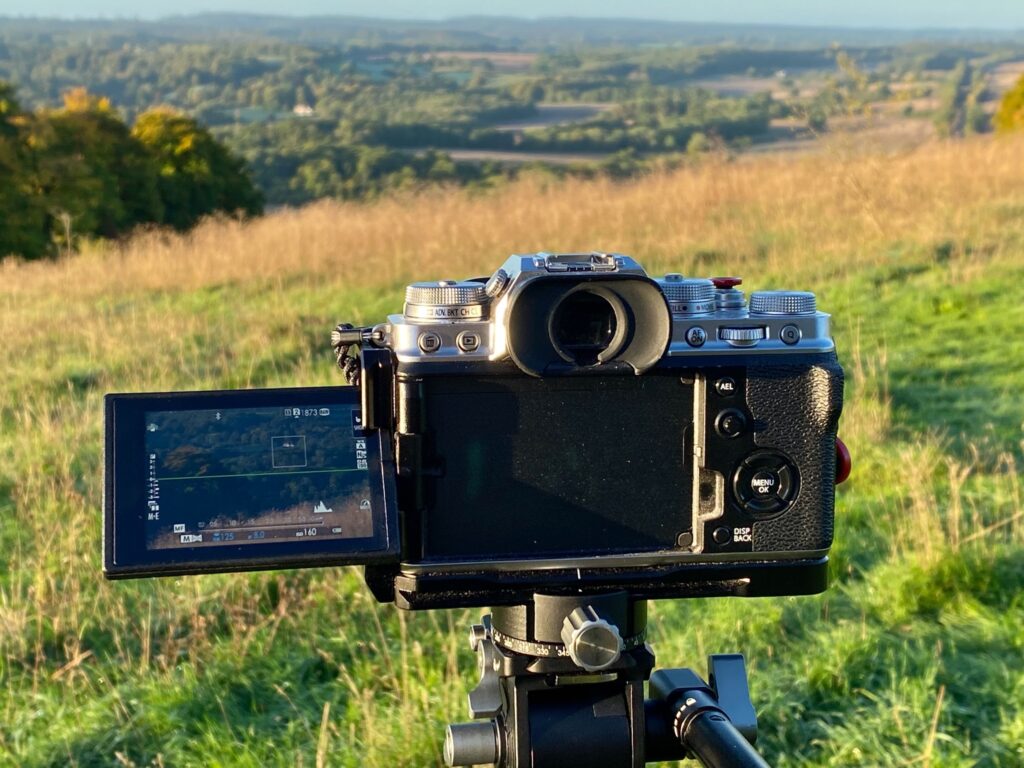

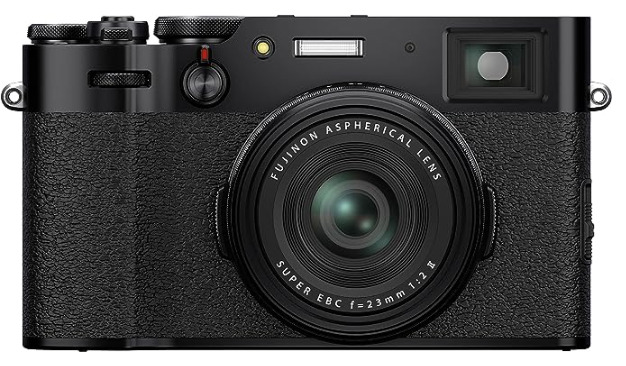

1 Comment
One important item you missed. Make sure some reputable firm is available to repair your camera if it requires service.